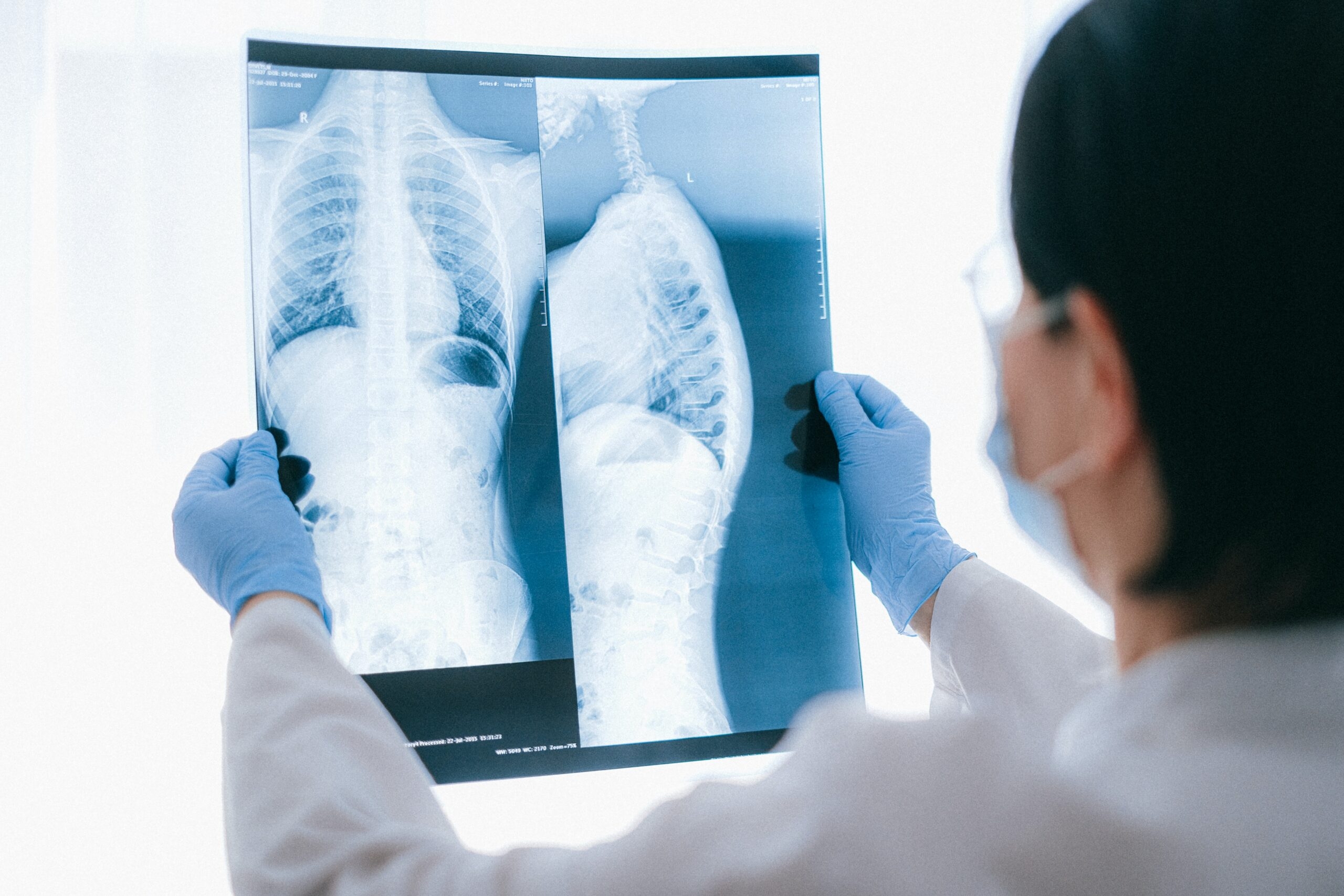Introduction
An x-ray machine works by sending out a beam of electromagnetic radiation. Each body part absorbs the radiation to a different degree. Based on the type of tissue, the body absorbs different amounts of energy.
X-rays show very light grey areas in dense tissue, such as bone, since dense areas block more radiation. Muscle and fat absorb less energy, so they appear in a darker grey. Air-filled lungs appear black. Tumours usually appear in lighter grey than their surrounding tissues.
Doctors choose the type of x-ray based on the part of your body they wish to examine. They ensure the benefits of the x-ray procedure outweigh the risks. X-rays emit a small amount of radiation, so you won’t feel sick. Radiation is very unlikely to cause any problems in the future. It may pose a small risk but finding out what is wrong will outweigh it.
The x-rays could affect the development of your baby if you are pregnant. You should let your doctor know if you think you might be pregnant.
What Happens Before The X-ray
You don’t usually need to do anything special to prepare for a standard X-ray. Take off anything that covers the part of your body that will be X-rayed. An X-ray gown may be necessary depending on the part of your body being scanned.
Your body will be positioned next to a plate that creates the image by an X-ray technologist. Sitting, standing, or lying down may be required.
A technician may move the X-ray camera so that it focuses on a specific part of your body. He or she will avoid the radiation by leaving the room while the machine is turned on. The X-ray must be taken while you remain still. It may sound like a buzzing or clicking sound.
What to Expect During The X-ray
The procedure is painless and quick. More than one x-ray may be taken from different angles.
Ovaries and testicles are especially sensitive to radiation. If they are supposed to be exposed to the radiation in the x-ray, you may have to shield them with lead blocks. You might have to reposition your body and take another image from a different angle if the technician asks you to. In the case of a chest X-ray, one image may be taken from the front and one from the side. Your doctor may give you special instructions to follow before and after the procedure if you are having an X-ray with contrast medium.
Considerations for After Your X-ray
As soon as the x-ray is finished, you can go home or to work. Your results should be available in one or two weeks at your follow-up appointment. It can be stressful to wait for test results. If you need information, you can contact a nurse who is a specialist in your field. A close friend or relative can help you by listening to how you feel. If you haven’t heard anything after a couple of weeks, contact the doctor who arranged the test.
